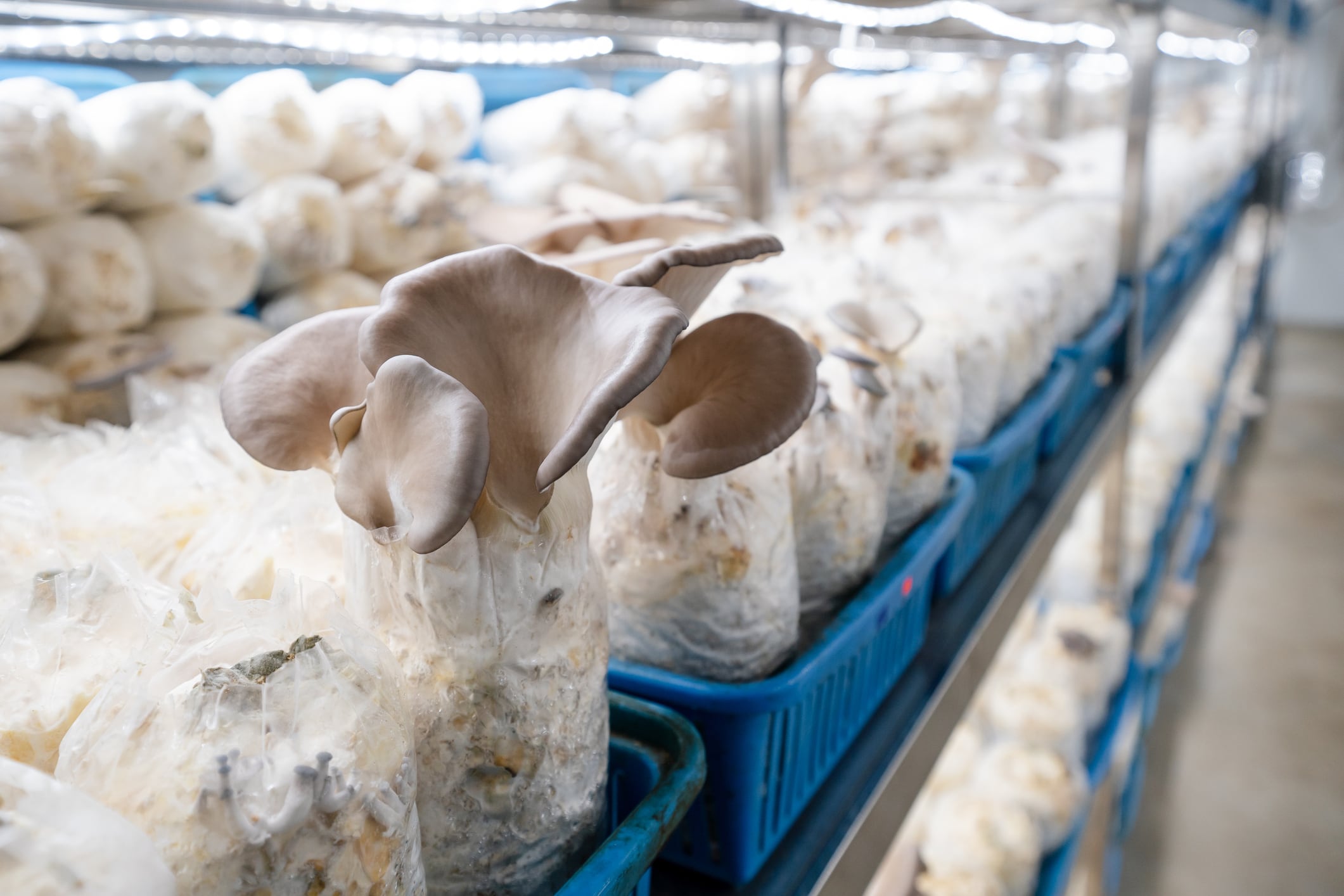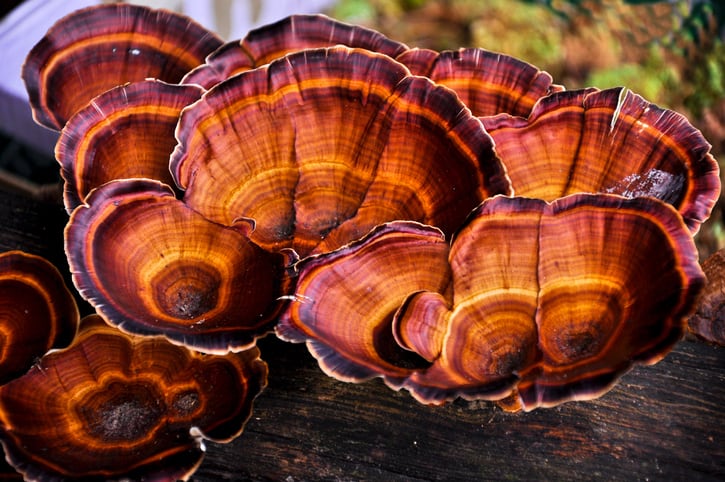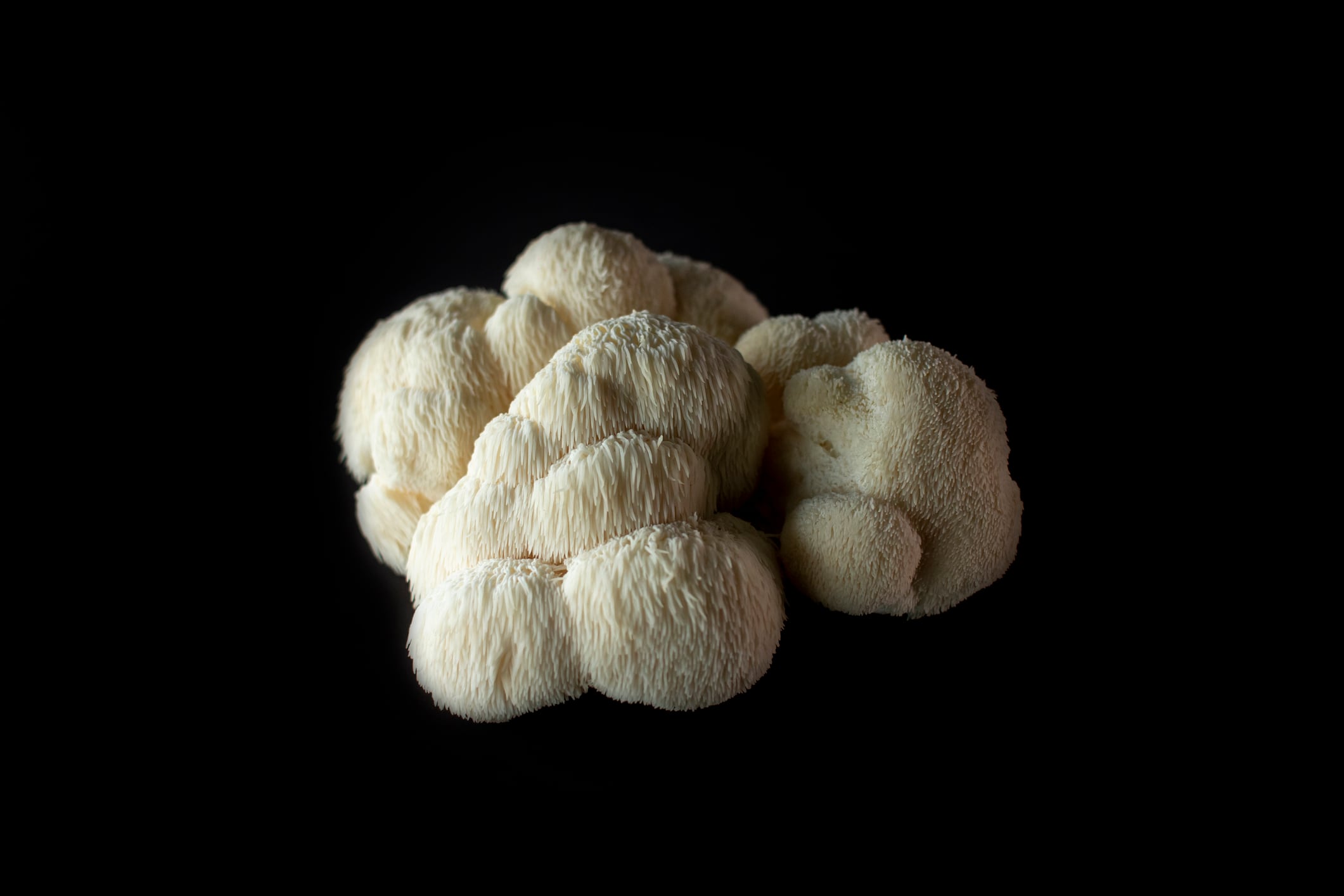Fruiting body extracts, including those from the Phoenix oyster mushroom (Pleurotus pulmonarius), usually do not require EFSA pre-market authorization as novel ingredients. However, most mycelium-derived materials, especially powders, are typically deemed novel foods because they lack a documented history of consumption in the EU before May 1997.
The recent decision reflects its original classification as novel in 2023, meaning Phoenix oyster mushroom mycelium ingredients must continue to undergo a safety assessment and receive regulatory approval before they can be sold.
Robin Gurney, director of the Estonian certified organic mushroom extract supplier Musheez, said that it is clear mycelium ingredients are under close watch, but in this case, it is appropriate that EFSA has made this ruling for consumer protection reasons.
“The ruling highlights how closely regulators are scrutinizing novel mycelium products,” he told NI. “But frankly, for companies and consumers alike, the key consideration remains efficacy, and mycelium on grain (MOG) is not the best pathway there. Personally, I would like to see the end of MOG products.”
The difference between the mycelium and the fruiting body
Most mushroom supplements are made from either the mycelium or the fruiting body (or sometimes a combination).
A fruiting-body-based supplement is derived from the most recognizable part of a mushroom—the cap and the stem. Typically, the fruiting body contains higher amounts of beta-glucans, which are recognized as immune-supporting compounds, and tends to be high-potency and nutrient-dense.
Mycelium-based supplements, on the other hand, come from an underground fungal network and are often grown on grain substrates like those from rice or oats. While they can contain beneficial compounds, they can also contain starch from the grain on which it is grown, Gurney explained.
“With ‘mycelium on grain,’ the end product is not purely mushroom biomass—it’s a mix of mycelium and residual grain,” he said. “This makes it difficult to separate bioactive content from filler starch, which typically results in significantly lower concentrations of the compounds that make mushrooms valuable.”
What makes Phoenix Oyster Mycelium novel?
According to Gurney, the Phoenix oyster mycelium is comparatively less studied than the fruiting bodies of other Pleurotus species, such as the common oyster mushroom or the king oyster mushroom.
While some research has identified key nutrients and bioactive compounds of the fruiting bodies, such as vitamins B and D, flavonoids and antioxidant compounds, the mycelium of P. pulmonarius remains underexplored, he said. This gap includes limited studies on its secondary metabolite production and enzymatic activity.
The mushroom space is booming, and brands commonly include popular varieties such as lion’s mane, chaga, reishi and cordyceps in popular functional foods and beverages, Gurney told NI. However, this specific ruling on the less-popular mycelium variety will likely have a “near-zero impact” on the industry, he said.





